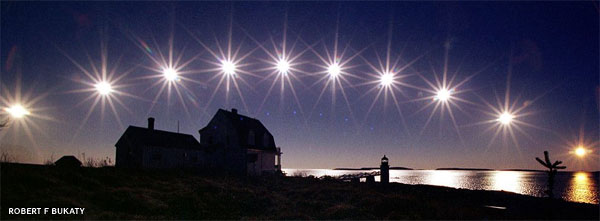
Today, the 21st December 2013, a special event on the calendar occurs – the winter solstice.
In our latest ‘Sporting Times’ blog post, we’ll take a look at exactly what the winter solstice is and why historically its been considered a significant and very special time of year.
The winter solstice is the time of year that the Sun appears at its lowest altitude above the horizon. In the Northern Hemisphere this is the time at which the Sun is at its southernmost point in the sky, which usually occurs on the 21st or 22nd of December each year. It therefore occurs on the shortest day and longest night of the year, when the Sun’s daily maximum elevation in the sky is at its lowest.
Today (21st December 2013 at 17:11 GMT) will see the Sun switch from its southward movement to a northward movement in the sky. This moment of change, or ‘pause’ is the solstice itself – derived from the Latin words “sol” (sun) and “sistere” (to stand still or stop).
Even though the winter solstice lasts only a moment, other terms such as “midwinter”, “the longest night” or “the shortest day” are also used to describe it. Interpretation of the event varies between cultures, but many incorporate festivals, gatherings, holidays, a recognisation of rebirth or similar rituals around that time.

Even during neolithic times the solstice could have been considered a special moment of the year. Astronomical events, which during ancient times controlled ecology, environment and agriculture, show how various cultural traditions have arisen. The layouts of Neolithic and Bronze Age archaeological sites such as Stonehenge provide strong evidence for this theory. The winter solstice may have been considered an enormously important milestone as survival through the winter months would’ve required significant preparation during the previous nine months.
As the event marks a reversal of the Sun’s shortening passage through the sky, concepts of the birth or rebirth of sun gods were common. This belief may have led to new beginning and cleaning traditions such as Hogmanay’s ‘redding’ or the Roman festival of Saturnalia.
Did you know: The winter solstice most frequently occurs on the 21st or 22nd December each year, but they do sometimes (albeit far less frequently) occur on the 20th or 23rd December instead. The next 20th December winter solstice isn’t due until the year 2080. The last 23rd December solstice however occurred in 1903 – with the next not due until 2303!
Well that’s about all from us at Saturn Sports for 2013, except to say that on behalf of everyone here – we hope you have a great ‘time’ over Christmas and we’ll see you in the new year for more of Saturn Sports’ Sporting Times!
